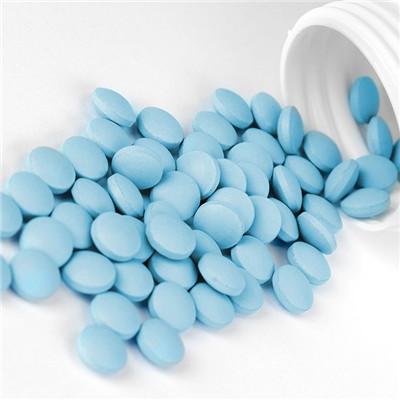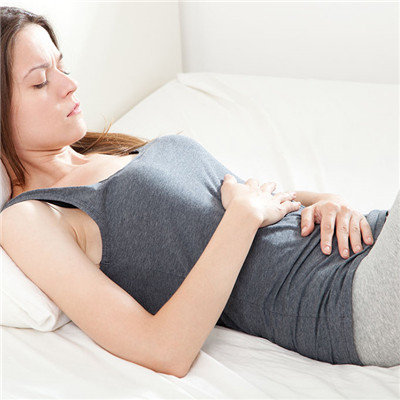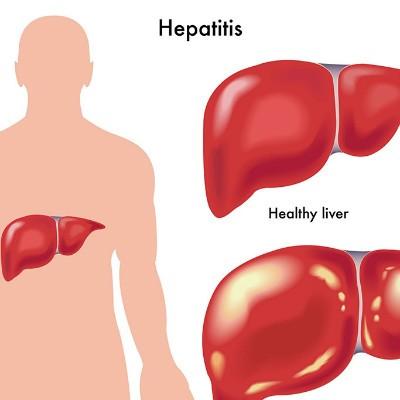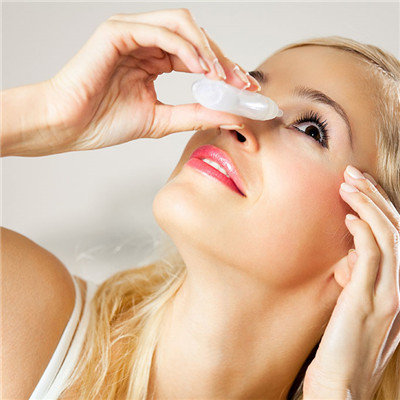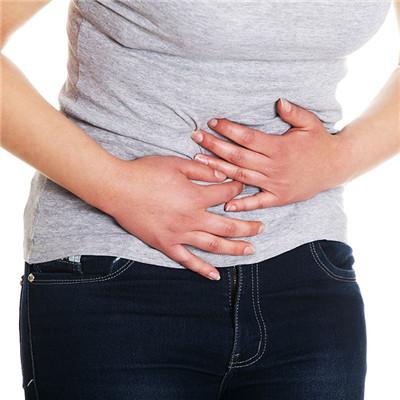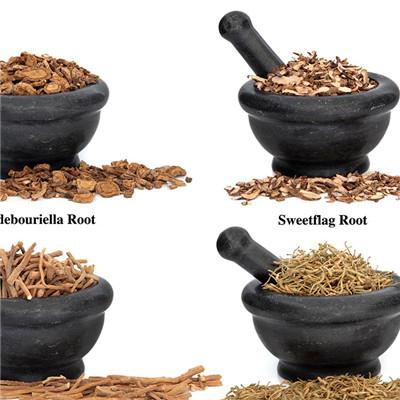Symptoms of chlorine poisoning
summary
Chlorine poisoning is a systemic disease with acute respiratory system damage caused by inhalation of large amount of chlorine in a short period of time. Chlorine is a yellow green irritant gas, its specific gravity is 2.5 times that of air, causing serious damage to respiratory tract and highly irritant to eye mucosa and skin. It is widely used in chemical and plastic industries. It is used as bleaching agent in paper and textile industries. Liquid chlorine is widely used as disinfectant and cleaner in daily life. I would like to share with you my views on the symptoms of chlorine poisoning.
Symptoms of chlorine poisoning
1. The symptoms of eye and upper respiratory tract irritation were transient. There is no positive sign in the lung or a small amount of dry rales occasionally, which usually subsides within 24 hours.
2. Mild poisoning mainly manifested as bronchitis or peribronchitis, cough, a small amount of sputum, chest tightness, etc. There are scattered dry rales or wheezes in both lungs, and a small amount of wet rales. The X-ray manifestations of the lung were increased and thickened lung markings and unclear edges. Generally, the lower lung fields were more obvious. After rest and treatment, the symptoms disappeared in 1-2 days.
3. Moderate poisoning mainly manifested as bronchopneumonia, interstitial pulmonary edema or limited alveolar pulmonary edema. Eye and upper respiratory tract irritation symptoms increased, chest tightness, dyspnea, paroxysmal cough and sputum, sometimes cough with pink foam sputum or phlegm with blood, accompanied by headache, fatigue and nausea, loss of appetite, abdominal pain, abdominal distension and other gastrointestinal reactions. Mild cyanosis, dry or wet rales in both lungs, or diffuse wheezing in both lungs. The above symptoms were relieved gradually after 2-10 days of rest and treatment.
matters needing attention
1. Strengthen safety education, improve operation procedures, regularly check production equipment, prevent running, emitting, dripping and leaking, and strengthen ventilation. 2. Pay more attention to the safety and personal protection during transportation. 3. Check the physical examination before employment, and those with trachea and cardiopulmonary diseases should not be engaged in this kind of work.

